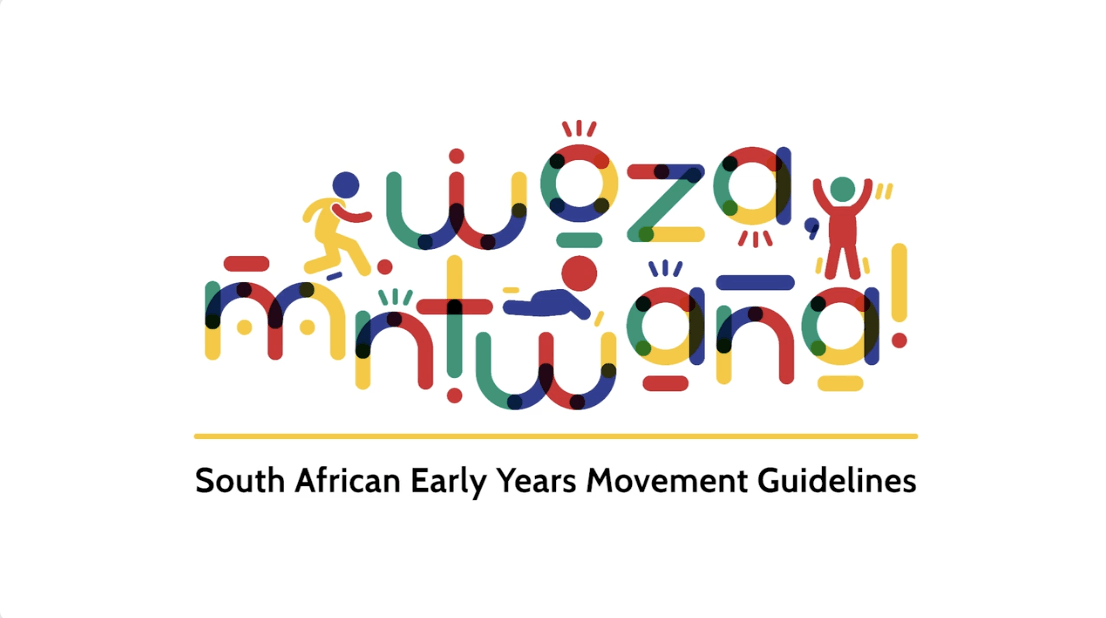South Africa
South Africa
Obesity exists in South Africa
Obesity in men vs woman
By Gudani Mukoma
•
09 Feb, 2021
Obesity rates are rapidly increasing in the African Region, as in most parts of the world. Overweight and obesity, particularly in urban settings, are major risk factors for type 2 diabetes, high blood pressure, heart attacks and a variety of cancers. There is a common misconception that obesity and other noncommunicable diseases (NCDs) only occur among the wealthy. Poorer populations are experiencing high double-burdens of infectious and chronic diseases.
Causes of Obesity in Adults
Share of adults that are Obese
By Gudani Mukoma
•
09 Feb, 2021
Julia Goedecke, a senior specialist for the Medical Research Council of South Africa said that many do not understand the health consequences of being overweight. "People don’t understand it; they see it as more of an aesthetic problem than a health problem". She said that culture influences perceptions around obesity. "In some cultures obesity is associated with health and prosperity". Did you know that 31% of men and 68% of women in South Africa are obese? Being overweight or obese not only affects your self-esteem, it also leads to heart disease and potentially an early death. This is a big problem, not only in adults but also in children. According to Stats SA, 62.2% women and 25.1% men in the Western Cape are overweight or obese.
Causes of Obesity in Children
Causes of Obesity in Children South Africa.
Downloads: Heathy Active Kids South Africa Report Cards, 2010 2016, 2018
By Gudani Mukoma
•
09 Feb, 2021
If obesity in South African children continues to increase at the current rate, 3.91 million school children will be overweight or obese by 2025. On world Obesity Day, the Heart and Stroke Foundation South Africa (HSF), together with the World Obesity Federation, calls for decisive action from government, private sector and parents.
Healthy Active Kids
Why are 24-hour movement guidelines important for children from birth to 5 years?
Downloads: These are the first guidelines targeting physical activity, sitting behaviour, screen time and sleep in South African children.
Africa Obesity & Health Awareness
-
Check out our recent publication on fast food nutritional labelling. #obesityfreenation @gudanimukoma @DPHRU_SA @CoEHuman @who @who_africa @departmentofhealth_za @WorldObesity @obesity_ae1 https://www.action-obesityafrica.org/research-article-should-fast-food-nutritional-labelling-in-south-africa-be-mandatoryButton
-
www.action-obesityafrica.orgButton
-
Https://www.action-obesityafrica.org / #get-involved #action_obesity_africa #EveryBodyNeedsEverybody #obesitykills #fightingobesityButton
-
South Africa 24-hour movement guidelines from birth to 5 years.Button
-
Share with us. https://www.action-obesityafrica.org/get-involved #WorldObesityDay #action_obesity_africa #obesity #fightingobesity #overcomingobesityButton
-
March 4th is #WorldObesityDay ⭕ To curb the rise in obesity, we must work together and learn from each other. #everybodyneedseverybody #action_obesity_africa Get involved and share your stories https://t.co/lL5ybcpDHQButton
-
March 4th is #WorldObesityDay ⭕ To curb the rise in obesity, we must work together and learn from each other. #everybodyneedseverybody #action_obesity_africa Get involved and share your stories https://t.co/lL5ybcpDHQButton
-
March 4th is #WorldObesityDay ⭕ To curb the rise in obesity, we must work together and learn from each other. #everybodyneedseverybody #action_obesity_africa Get involved and share your stories https://t.co/lL5ybcpDHQButton
African Data & Trends in Obesity
African Data & Trends in Obesity
Obesity rates are rapidly increasing in the African Region, as in most parts of the world.
Evidence on the causes and effects of obesity and associated NCDs
Evidence on the causes and effects of obesity and associated NCDs
There is a common misconception that obesity and other noncommunicable diseases (NCDs) only occur among the wealthy.
Key research from across Africa
Key research from across Africa
Strategy for the prevention and control of Obesity in South Africa - 2015 - 2020
Effective policies and interventions
Effective policies and interventions
Act today for a healthier future. HSF supports the World Obesity Federation (WOF) in the initiative to stimulate and support practical actions to address obesity.
ACTION
African Centre for Obesity Prevention
PARTNERS
Join our growing list of partners, including:
Preventing obesity for a healthier tomorrow
Business Hours
- Mon - Fri
- -
- Sat - Sun
- Closed
About Us
Contact
Office:
+27 10 447 3721
E-mail:











